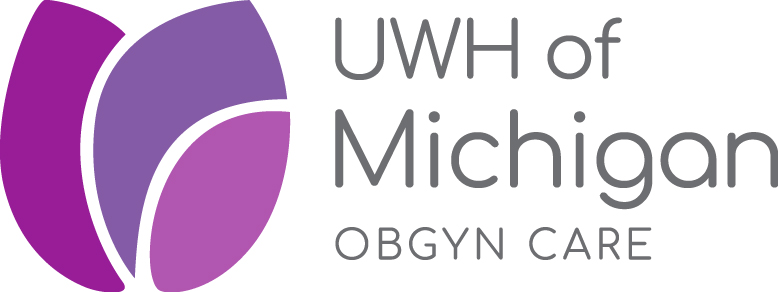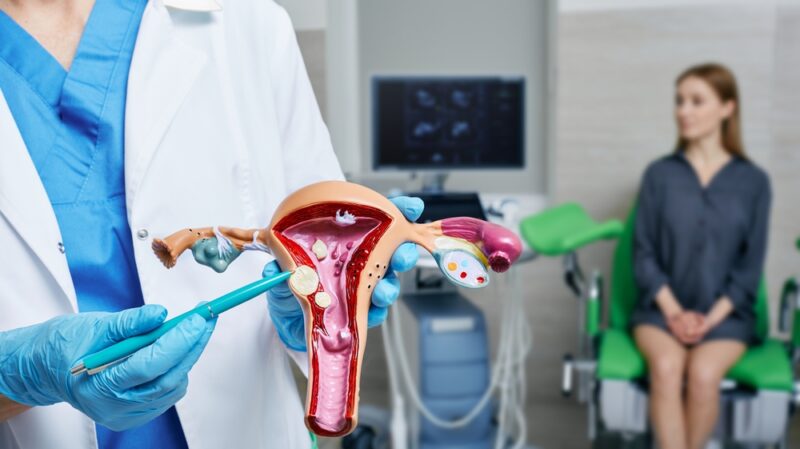Uterine Fibroids: A Comprehensive Guide
Uterine fibroids remain a major women’s health issue with significant economic and reproductive impact. They occur in almost 70% of Caucasian women and in greater than 80% of African American women by age 50.
What are uterine fibroids? How do they differ from cysts? How can they be treated? Walnut Lake OBGYN & Wellness is here to help answer any and all questions in regard to uterine fibroids. This comprehensive guide aims to help you better understand uterine fibroids, treat symptoms, and explore treatment options.
If you are in West Bloomfield, MI, and require high-quality reproductive health services, connect with Walnut Lake OBGYN & Wellness today. Contact us to schedule an appointment.
Understanding Uterine Fibroids: Causes & Risk Factors
Uterine fibroids, or leiomyomas, are non-cancerous growths of muscle and tissue forming in or on the uterus wall. While no exact cause of uterine fibroids is known, risk factors associated with this condition include hormonal imbalances, genetic predisposition, and obesity. Exploring these factors provides invaluable insights into addressing and managing the condition effectively.
Unmasking the Symptoms: Affects on Women’s Lives
Not all uterine fibroids cause pain, but when they do, they can disrupt daily activities, relationships, and overall quality of life. Unfortunately, these symptoms can overlap with additional uterine conditions. According to Frontiers in Reproductive Health, common similarities between endometriosis and uterine fibroids include pelvic pain, non-cyclic pain, impaired fertility, fatigue, painful intercourse, bladder dysfunction, and more. However, with uterine fibroids, many experience an intensified perception of pain, while with endometriosis, many experience pelvic pressure and a bulging belly.
We never recommend self-diagnosing. If you are struggling with these symptoms, please get medical professionals to diagnose you properly. Contact Walnut Lake OBGYN & Wellness to schedule an appointment today.
Diagnosis & Determination: Seeking Effective Treatment Options
You do not have to continue to suffer with your pain! There are many treatment options to help alleviate your symptoms ranging from non-surgical to surgical intervention. Relief is possible with the help of:
I. Non-Surgical Treatment Options
Early detection and diagnosis play a pivotal role in managing uterine fibroids. Medical advancements, including ultrasound, MRI, and hysteroscopy, allow healthcare professionals to accurately assess the size, location, and number of fibroids. With this knowledge, women can make informed decisions about the most suitable treatment path.
Embracing Lifestyle Modifications
Managing uterine fibroids doesn’t always require invasive procedures. By releasing progesterone with the help of hormone therapy and intrauterine devices (IUDs), heavy bleeding and pain may be relieved. Additionally, lifestyle modifications such as exercise, proper nutrition, and stress reduction techniques can contribute to overall well-being and reduce symptoms.
Complementary Therapies
In pursuing all-encompassing care, complementary therapies like acupuncture and yoga offer a holistic approach to managing uterine fibroids. These therapies restore mind-body balance, alleviate physical discomfort, and promote overall wellness.
II. Minimally Invasive Procedures
When non-surgical approaches are insufficient, minimally invasive procedures provide an alternative to traditional open surgeries. Techniques such as uterine artery embolization (UAE) and radiofrequency ablation (RFA) offer targeted treatment with minimal scarring, shorter recovery times, and improved quality of life.
Uterine Artery Embolization (UAE)
Uterine Artery Embolization is a frequently performed medical procedure to treat uterine fibroids. A catheter injects small particles into the blood vessels that transport blood to the uterus. To guide the particles to their intended locations, fluoroscopy is utilized. Fluoroscopy is a medical imaging technique that captures live X-ray images of internal organs and structures. This treatment can effectively manage excessive bleeding and cause the fibroids to shrink by cutting off their blood supply.
Radiofrequency Ablation (RFA)
Radiofrequency Ablation is an advanced medical procedure that provides much-needed relief by destroying fibroid tissue. This minimally invasive procedure is performed using laparoscopic and ultrasound guidance. The doctor utilizes a laparoscopic camera and ultrasound wand to obtain multiple views of the uterine fibroid. Once the fibroids are identified, a thin device inserts several small needles into the fibroid. These needles are then heated up, effectively destroying the fibroid tissue, resulting in relief for the patient.
III. Surgical Intervention
Women searching for a permanent resolution to uterine fibroids can choose from different surgical options. Myomectomy and hysterectomy are surgical procedures that completely remove uterine fibroids. Myomectomy is a procedure that eliminates fibroids while retaining the uterus, ensuring future fertility for the patient. However, it is important to note that fibroids can regrow. A hysterectomy involves removing the uterus, and it may be recommended for women who no longer wish to have children or have tried other therapies without success.
Reach out to Walnut Lake OBGYN
Arming yourself with knowledge is the first step toward taking control of your reproductive health. Whether you choose non-surgical alternatives, explore complementary therapies, or opt for surgical intervention, the Walnut Lake OBGYN & Wellness team is here to support you every step. Break free from the burdens of uterine fibroids and reclaim your quality of life.
Don’t let uterine fibroids dictate your reproductive health any longer. Take the proactive steps necessary to address and manage this common condition. Consult with Walnut Lake OBGYN & Wellness to explore personalized treatment options and regain control over your well-being.

